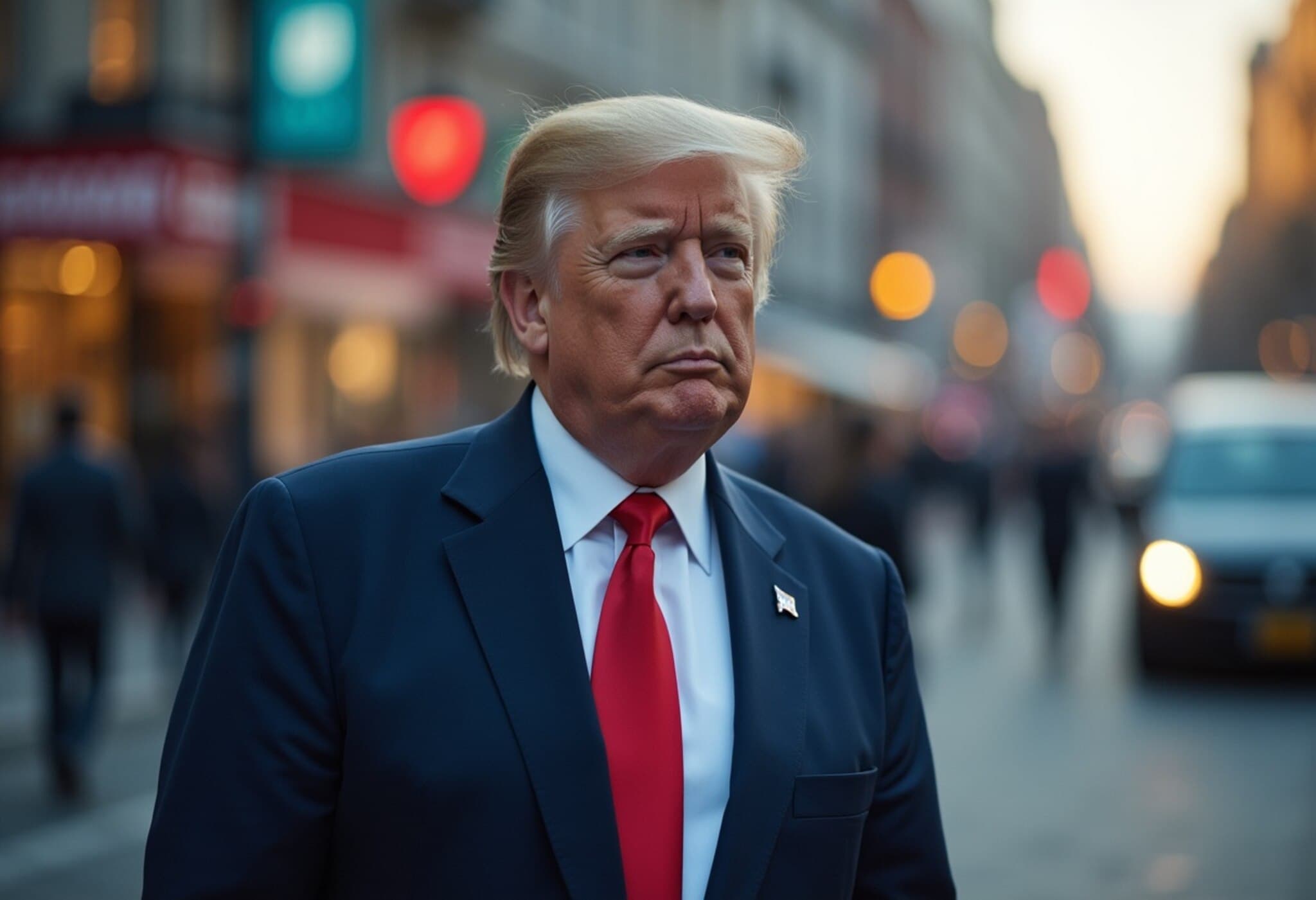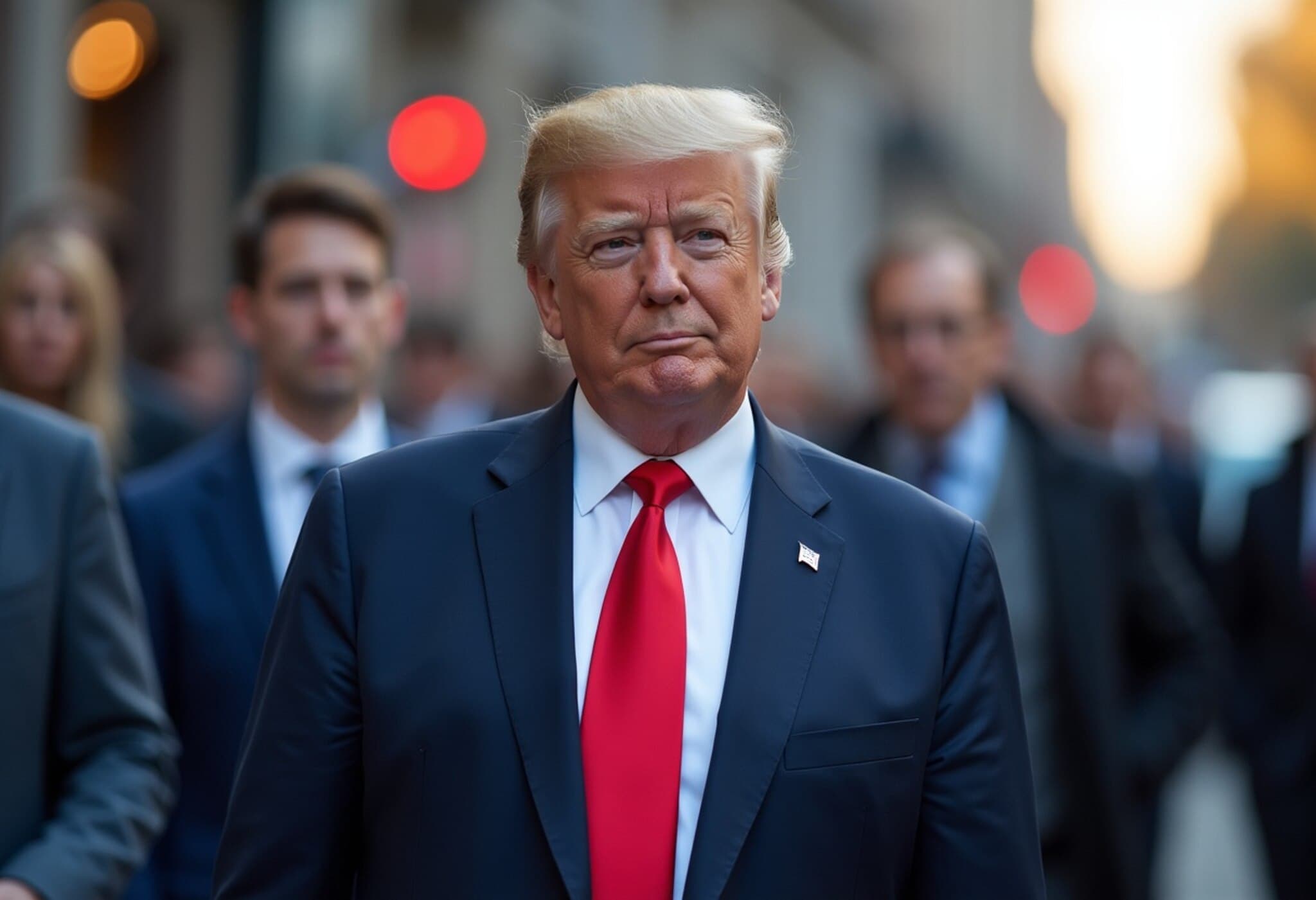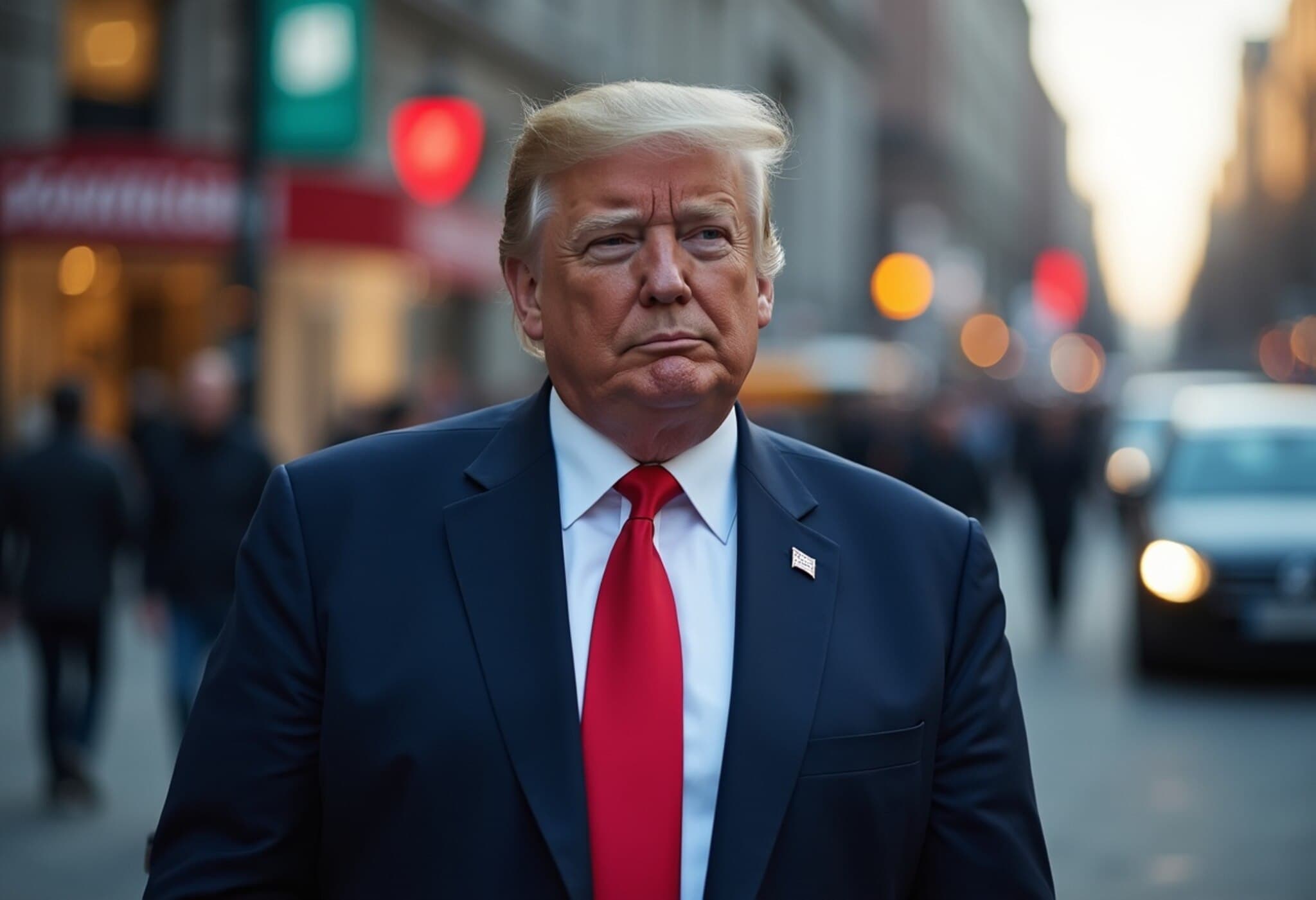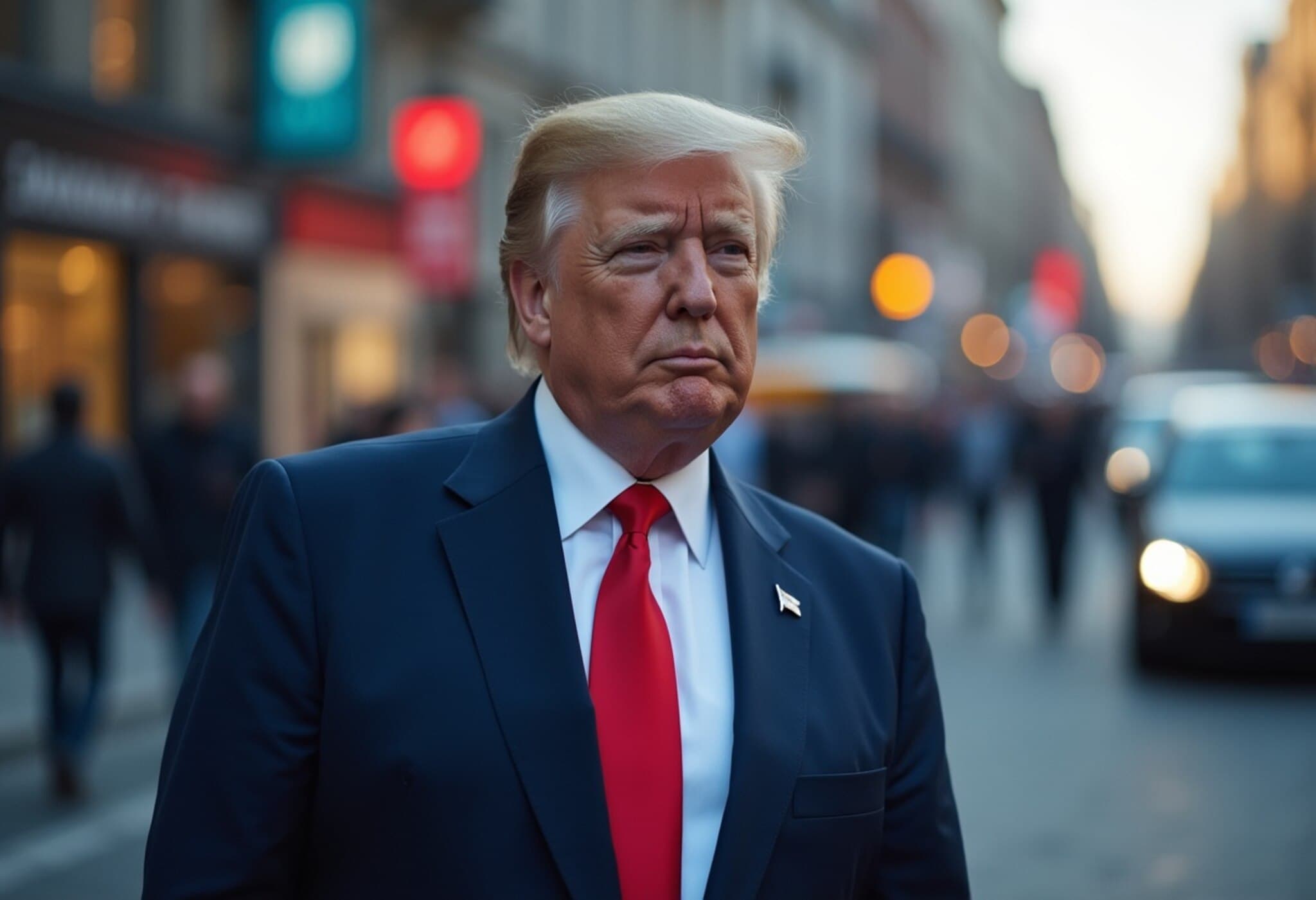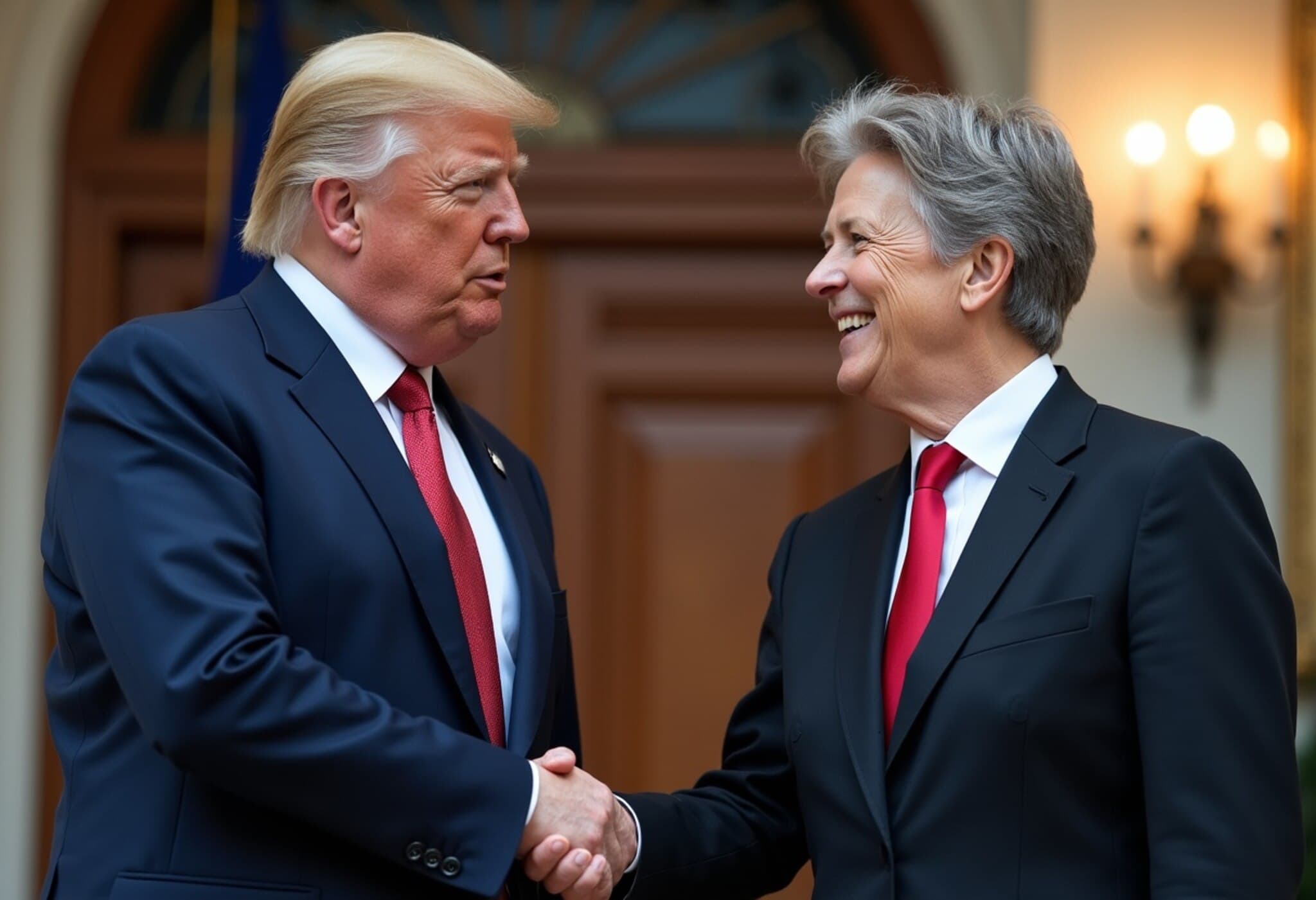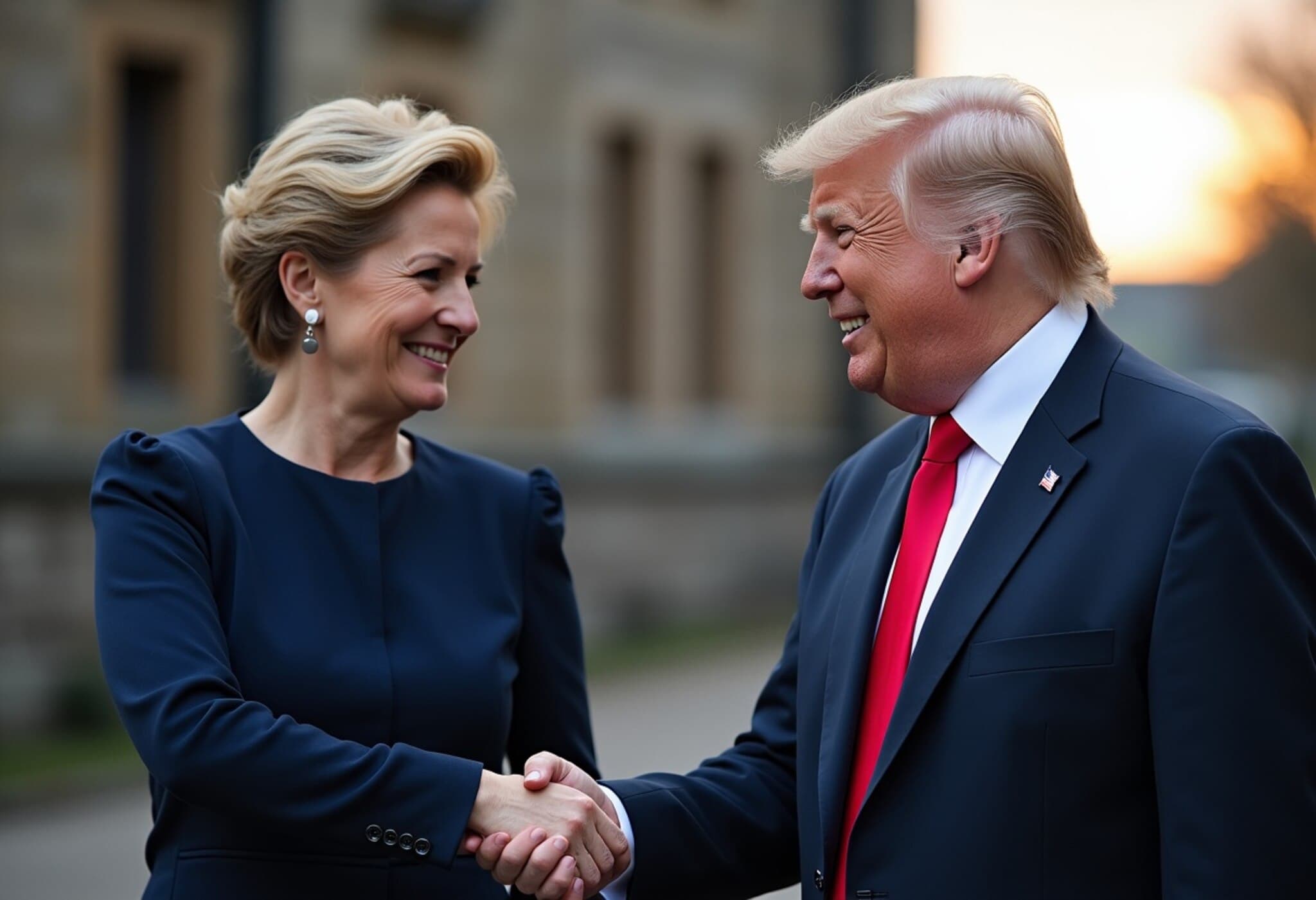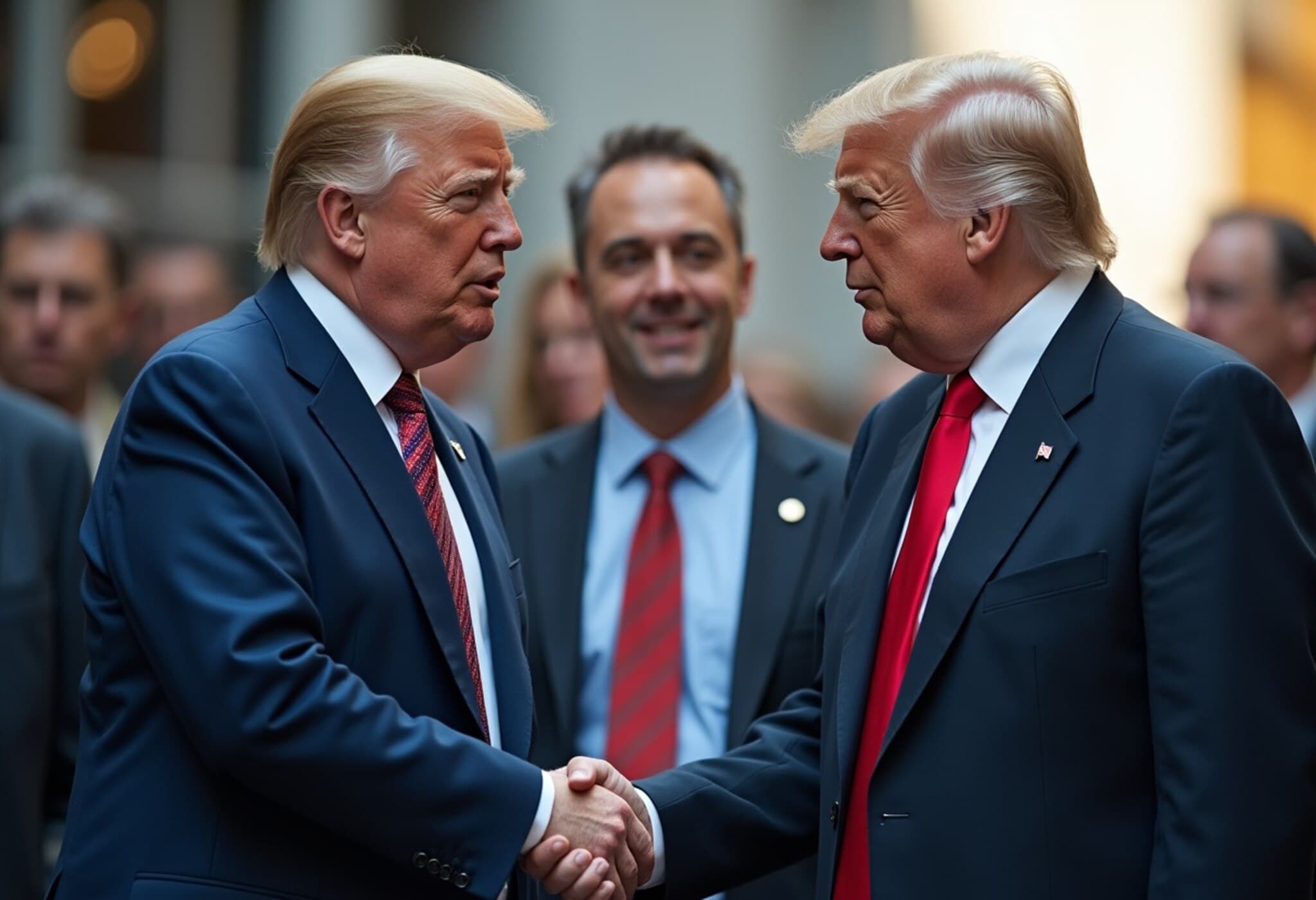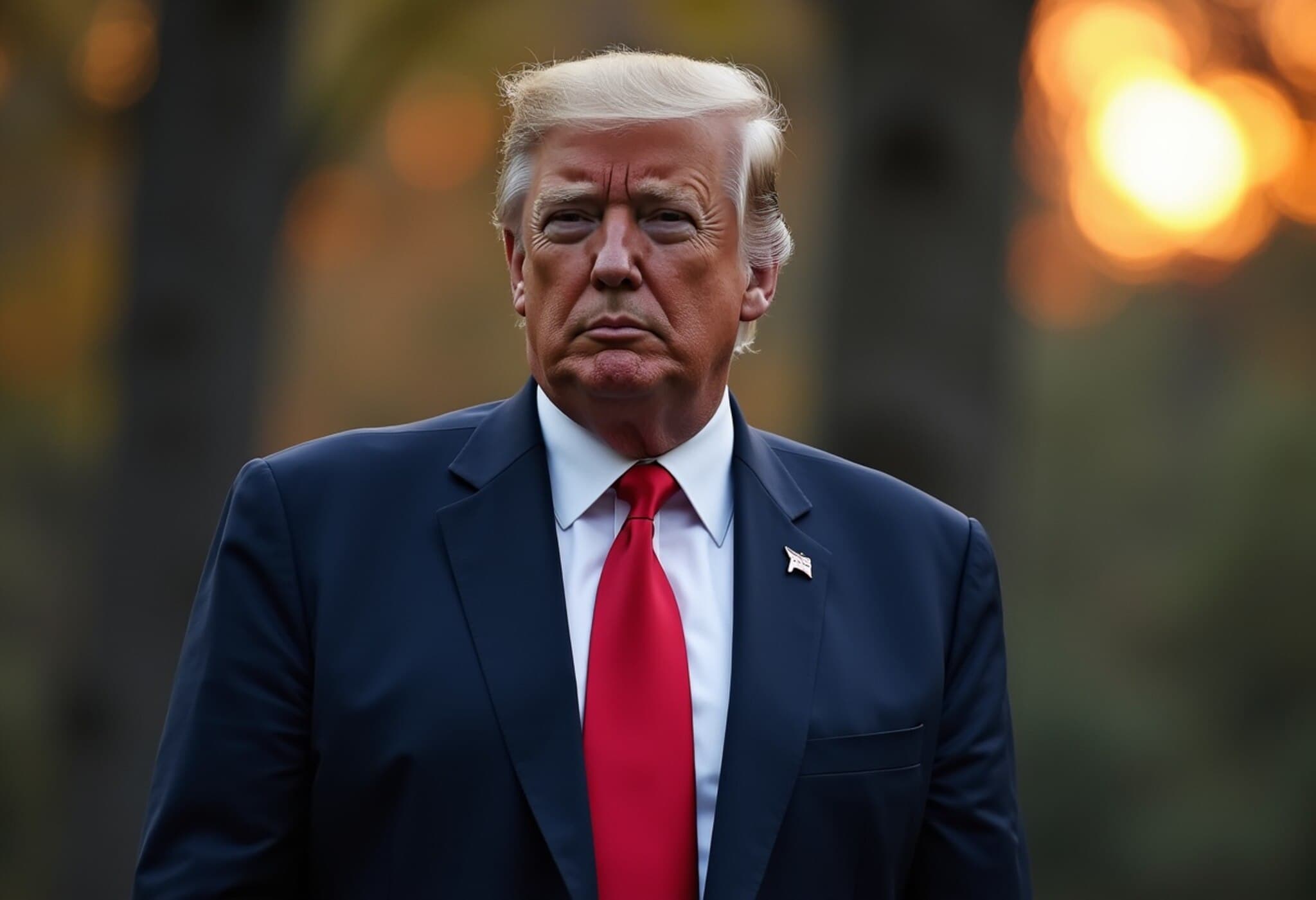US Maintains Hardline on August 1 Tariff Increase as EU Scrambles for Deal
In a tense diplomatic standoff, the United States has reiterated its unwavering deadline of August 1 for imposing a baseline 30% tariff on European Union imports, intensifying pressure on Brussels to reach a trade accord. Over the weekend, U.S. Commerce Secretary Howard Lutnick acknowledged ongoing talks with the EU while emphasizing that the tariff implementation timeline remains non-negotiable.
“That’s a hard deadline, so on August 1, the new tariff rates will come in,” Lutnick affirmed during a Sunday interview. However, he also noted, “Nothing stops countries from talking to us after August 1, but they're going to start paying the tariffs on August 1.”
This firm stance marks a significant escalation from the existing 10% tariffs that were initiated in April, threatening to disrupt the transatlantic trade relationship at one of its most critical junctures.
The EU’s Search for a Compromise
Despite the mounting pressure, the European Union is actively pursuing a last-ditch agreement. EU officials are optimistic about negotiating tariff reductions, hoping to mirror the UK-U.S. trade deal, which established a more moderate 10% baseline tariff. Yet, analysts remain skeptical about Brussels’ capacity to deliver a similar arrangement given internal political fractures and the stringent U.S. demands.
One particular challenge is the discord among EU member states. Sources reveal a palpable shift in attitude across the bloc, with all members – except Hungary – warming up to the idea of mounting a robust response if the tariffs take effect. Hungarian Prime Minister Viktor Orban, a known ally of former U.S. President Trump, remains the lone dissenting voice.
Economic Stakes and Political Undercurrents
Trade between the EU and U.S. amounted to a staggering 1.68 trillion euros ($1.96 trillion) in 2024. According to EU trade statistics, while the bloc enjoyed a trade surplus in goods, it suffered deficits in services, resulting in an overall modest surplus of around 50 billion euros last year.
President Trump, reviving his trademark tough rhetoric, insists on tariffs as high as 15% to 20% on EU imports as a condition for any meaningful trade deal. Furthermore, he reportedly supports maintaining steep 25% tariffs on the EU’s auto industry – a sector critical to many European economies.
Potential EU Retaliation and Anti-Coercion Measures
In response, the EU has prepared a suite of countermeasures targeting approximately 21 billion euros of U.S. imports, currently paused until August 6 but poised for activation should the tariffs be imposed. The European Commission has also drafted a second, wider set of tariffs capable of impacting up to 72 billion euros worth of goods, encompassing everything from clothing and agricultural produce to food and beverage products.
Significantly, discussions within EU capitals indicate growing support for invoking the bloc’s Anti-Coercion Instrument, the EU’s most potent trade-defense mechanism. This tool would grant the Commission sweeping authority to retaliate more decisively against what Brussels views as undue U.S. economic pressure.
Expert Insight: The Road Ahead
Trade experts caution that the escalating tariffs risk destabilizing not only transatlantic commerce but also broader geopolitical relations amid fragile global supply chains and economic recovery efforts post-pandemic. Moreover, the discord within the EU highlights the complexity of forging a united front against U.S. trade policies, especially with influential dissenters like Hungary.
U.S. businesses, particularly in the automotive and bourbon sectors, brace for uncertainty, even as Lutnick downplays fears of targeted reprisals from the EU against American staples such as Boeing airplanes and Kentucky bourbon.
Conclusion
The ticking clock until August 1 underscores a high-stakes dance between two of the world’s largest economies. While negotiations are far from over, the U.S.'s rigid deadline signals a shift toward a more confrontational trade stance. Observers will be watching closely whether diplomatic agility and political consensus in Europe can avert a costly trade conflict that might reverberate beyond tariffs and markets into the core of transatlantic relations.
Editor’s Note
This unfolding trade saga between the U.S. and EU reveals fundamental tensions in global trade governance and raises critical questions: Can the EU overcome its internal divisions to present a strong, unified response? Will the U.S. maintain its hardline rhetoric, or is there room for pragmatic compromise? Ultimately, these developments hint at a broader recalibration of globalization itself, demanding vigilance from policymakers and businesses alike.

